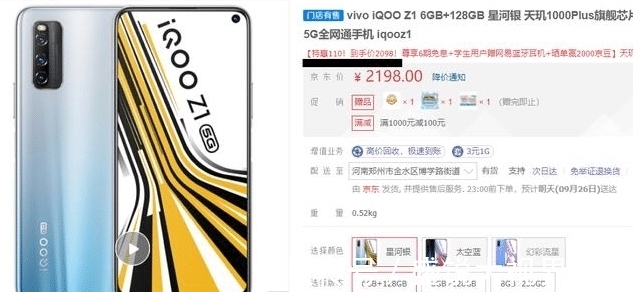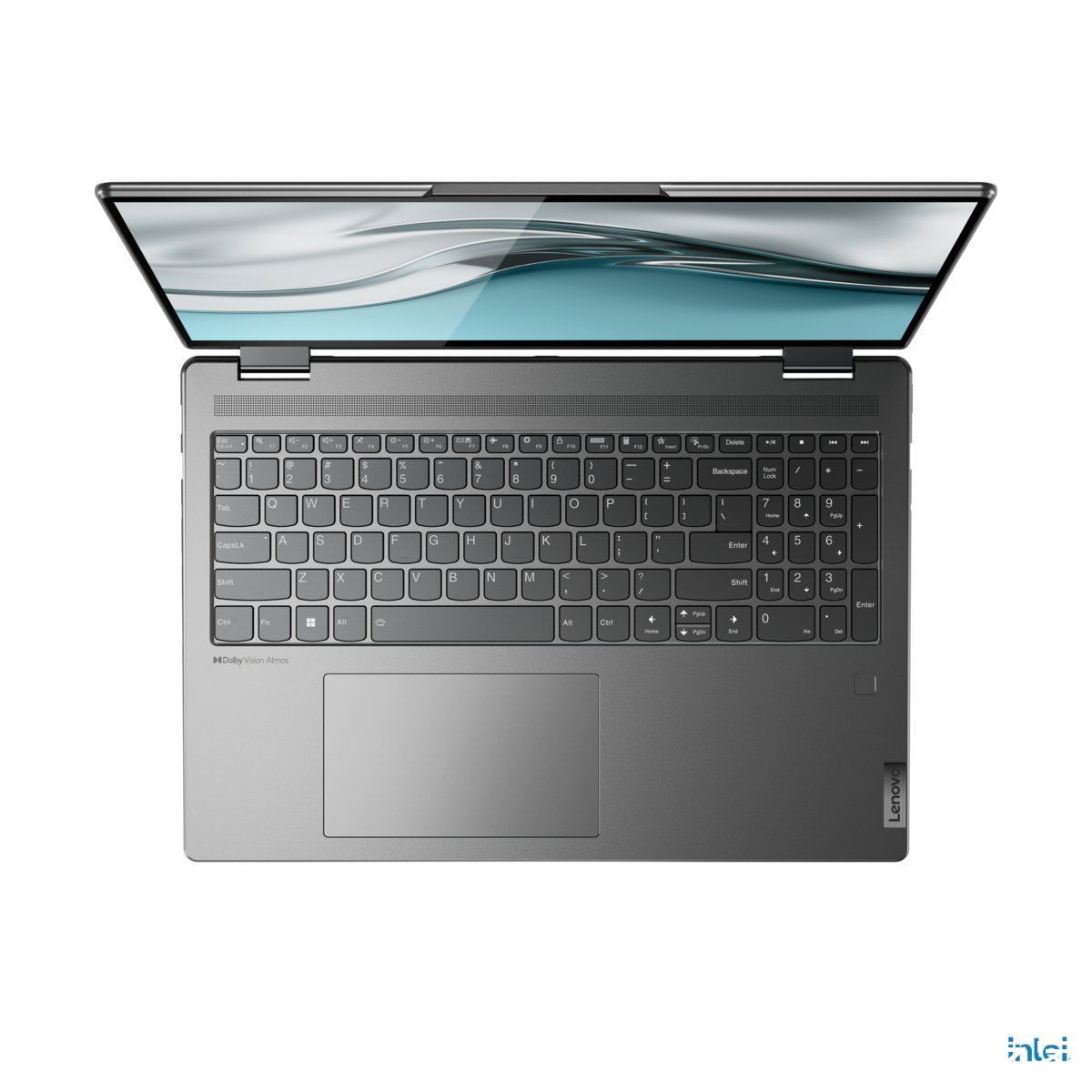C++11|C++11 ECDSA-withSHA256йӘҢзӯҫ
иҝҷйҮҢдёҚеҒҡзӯҫеҗҚпјҢеҸӘйӘҢзӯҫ
гҖҗC++11|C++11 ECDSA-withSHA256йӘҢзӯҫгҖ‘дҪҝз”Ёж–№жі•пјҡ
opensslзүҲжң¬пјҡ1.0.2g е…¶д»–зҡ„иҮӘиЎҢйӘҢиҜҒ
зј–иҜ‘пјҡg++ test.cpp -o test -lssl -lcrypto -std=c++11
жү§иЎҢпјҡ./test
зӯҫеҗҚиҝҮзЁӢпјҡйҡҸжңәж•°иҝӣиЎҢSHA256е“ҲеёҢеҗҺеҶҚдҪҝз”Ёз§Ғй’ҘеҜ№е…¶зӯҫеҗҚ
йӘҢзӯҫиҝҮзЁӢпјҡз”ЁйҡҸжңәж•°зҡ„SHA256е’Ңе…¬й’ҘжқҘйӘҢиҜҒзӯҫеҗҚ
д»ҘдёӢд»Јз ҒжҳҜйӘҢиҜҒзӯҫеҗҚ
#include
#include
#include
#include
#include
#include
#include
#include
#include
#include
#include
#include
#include
#include bool verify_signature(const unsigned char* hash, const ECDSA_SIG* signature, EC_KEY* eckey)
{
int verify_status = ECDSA_do_verify(hash, SHA256_DIGEST_LENGTH, signature, eckey);
if (1 != verify_status)
{
printf("Failed to verify EC Signature\n");
return false;
}printf("Verifed EC Signature\n");
return true;
}void SetOpensslSignature(const std::string& sSignatureInHex, ECDSA_SIG* pSign)
{
// std::unique_ptr< BIGNUM, std::function> rr(NULL, [](BIGNUM* b) { BN_free(b);
});
// BIGNUM* r_ptr = rr.get();
// std::unique_ptr< BIGNUM, std::function> ss(NULL, [](BIGNUM* b) { BN_free(b);
});
// BIGNUM* s_ptr = ss.get();
std::string sSignatureR = sSignatureInHex.substr(0, sSignatureInHex.size() / 2);
std::string sSignatureS = sSignatureInHex.substr(sSignatureInHex.size() / 2);
pSign->r = BN_new();
pSign->s = BN_new();
BN_hex2bn(&pSign->r, sSignatureR.c_str());
BN_hex2bn(&pSign->s, sSignatureS.c_str());
return;
}bool SetOpensslPublicKey(const std::string& sPublicKeyInHex, EC_KEY* pKey)
{
const char* sPubKeyString = sPublicKeyInHex.c_str();
char cx[65];
std::unique_ptr< BIGNUM, std::function> gx(NULL, [](BIGNUM* b) { BN_free(b);
});
std::unique_ptr< BIGNUM, std::function> gy(NULL, [](BIGNUM* b) { BN_free(b);
});
BIGNUM* gx_ptr = gx.get();
BIGNUM* gy_ptr = gy.get();
EC_KEY_set_asn1_flag(pKey, OPENSSL_EC_NAMED_CURVE);
memcpy(cx, sPubKeyString, 64);
cx[64] = 0;
if (!BN_hex2bn(&gx_ptr, cx)) {
std::cout << "Error getting to binary format" << std::endl;
}if (!BN_hex2bn(&gy_ptr, &sPubKeyString[64])) {
std::cout << "Error getting to binary format" << std::endl;
}if (!EC_KEY_set_public_key_affine_coordinates(pKey, gx_ptr, gy_ptr)) {
std::cout << "setting public key attributes" << std::endl;
}if (EC_KEY_check_key(pKey) == 1)
{
printf("EC Key valid.\n");
return true;
}
else {
printf("EC Key Invalid!\n");
return false;
}
}std::string sha256(const std::string str)
{
unsigned char hash[SHA256_DIGEST_LENGTH];
SHA256_CTX sha256;
SHA256_Init(&sha256);
SHA256_Update(&sha256, str.c_str(), str.size());
SHA256_Final(hash, &sha256);
std::stringstream ss;
for (int i = 0;
i < SHA256_DIGEST_LENGTH;
i++)
{
ss << hash[i];
}
return ss.str();
}bool Verify(const std::string& sRandomNumber, const std::string& sSignature, const std::string& sDevicePubKeyInHex)
{
std::unique_ptr< ECDSA_SIG, std::function> zSignature(ECDSA_SIG_new(), [](ECDSA_SIG* b) { ECDSA_SIG_free(b);
});
// Set up the signature...
SetOpensslSignature(sSignature, zSignature.get());
std::unique_ptr< EC_KEY, std::function> zPublicKey(EC_KEY_new_by_curve_name(NID_X9_62_prime256v1), [](EC_KEY* b) { EC_KEY_free(b);
});
if (!SetOpensslPublicKey(sDevicePubKeyInHex, zPublicKey.get()))
std::cout << "Failed to get the public key from the hex input" << std::endl;
std::string sHash = sha256(sRandomNumber);
return verify_signature((const unsigned char*)sHash.c_str(), zSignature.get(), zPublicKey.get());
}int main(int argc, char* argv[])
{
std::string sSignatureInHex = "D506D976EC17DD3717C40329E28FD8DB4F32D6A3773454A6427FD12E69728157508086B661D91E07ADF5B57E787EA1EEA526A84500436E430E89B1C1F8532A41";
std::string sPublicKeyInHex = "94E62E0C77A2955B1FB3EE98AEAA99AACAD742F20E45B727EACDD10487C2F7D0D8257C6102921880ABE953245D573D7E33EC88A67E2BA930980CB9C3D6722F8A";
std::string sRandomNumber = "65560886818773090201885807838738706912015073749623293202319529";
if (!Verify(sRandomNumber, sSignatureInHex, sPublicKeyInHex))
std::cout << "Verification failed." << std::endl;
else
std::cout << "Verification succeeded" << std::endl;
} жҺЁиҚҗйҳ…иҜ»
- C++11дёӯзҡ„ж–°е®№еҷЁ(arrayпјҢж— еәҸе®№еҷЁпјҢtupleе…ғз»„)
- C++11еӨҡзәҝзЁӢ-еҺҹеӯҗж“ҚдҪң(1)
- жҷәиғҪжҢҮй’Ҳ
- C++11еҺҹеӯҗж“ҚдҪңиҜҰи§Ј
- C++11|C++11 е…ій”®еӯ— const дҪҝз”Ёе°Ҹз»“
- C++11еҸҳй•ҝжЁЎжқҝи§ЈжһҗпјҲж·ұе…ҘзҗҶи§ЈC++11пјү
- PythonдҪҝз”ЁRsaе…¬й’ҘеҠ еҜҶпјҢз§Ғй’Ҙи§ЈеҜҶд»ҘеҸҠз§Ғй’ҘзӯҫеҗҚпјҢе…¬й’ҘйӘҢзӯҫзҡ„дҫӢеӯҗ
- C++11ж ҮеҮҶеә“bindеҮҪж•°еә”з”Ёж•ҷзЁӢ
- linux gcc дёӢ жІЎжңүc++11 ж—¶зҡ„жҷәиғҪжҢҮй’Ҳе®һзҺ° еҸӮиҖғPOCO
- C++11 auto vs auto& vs auto&&













